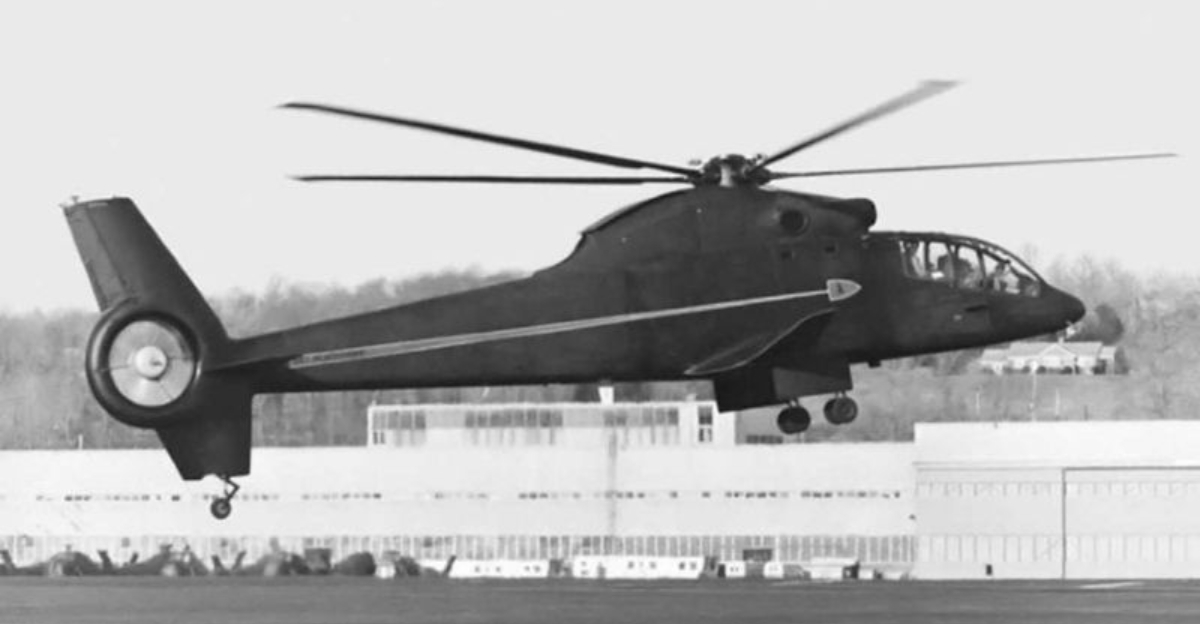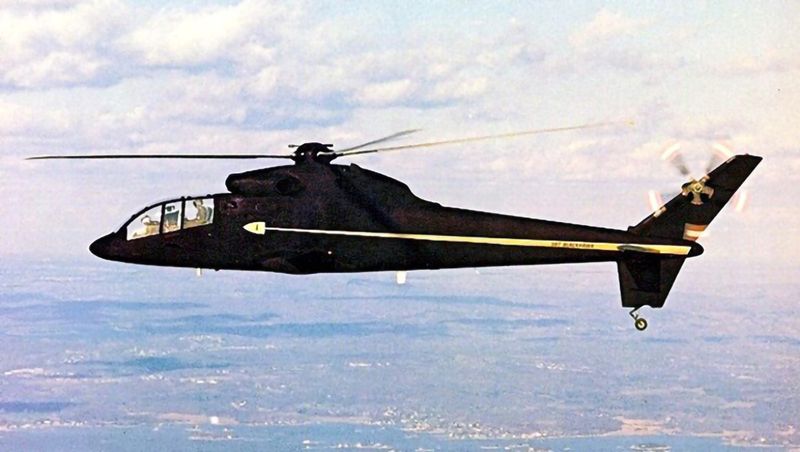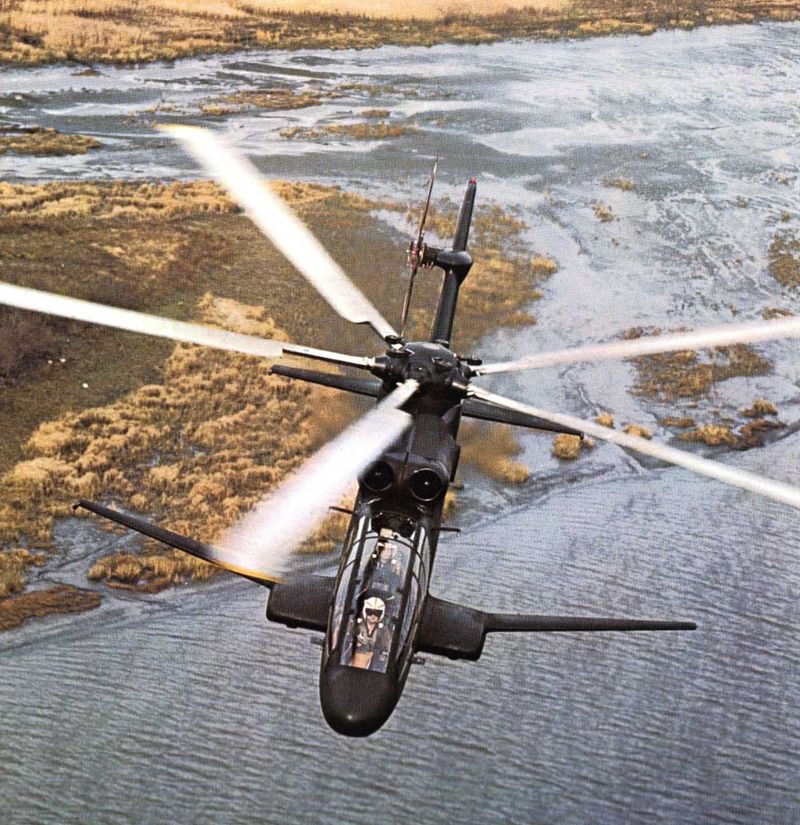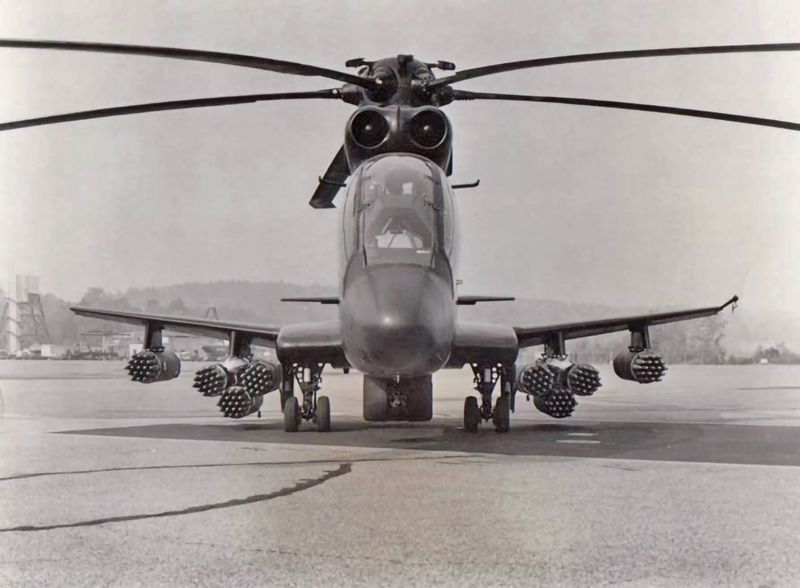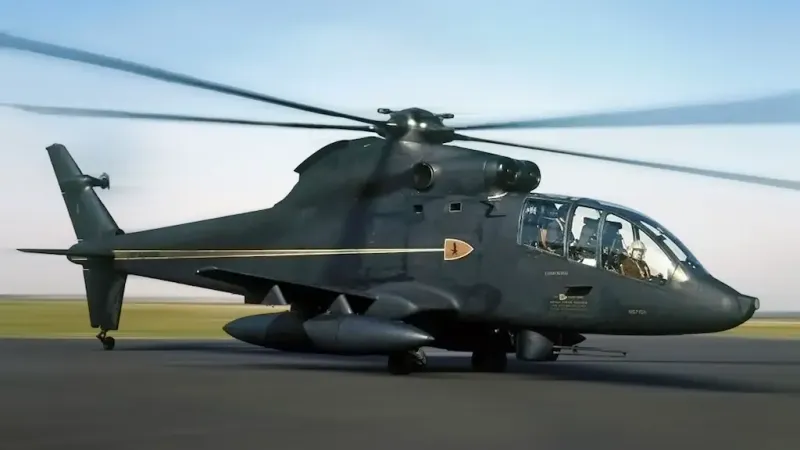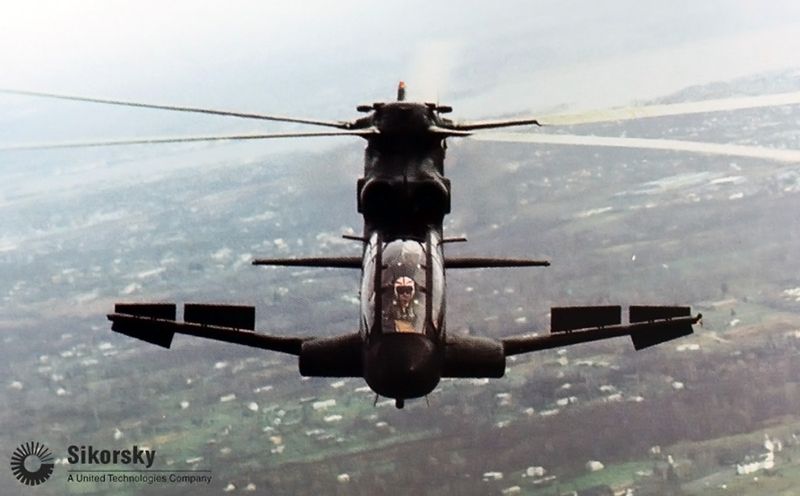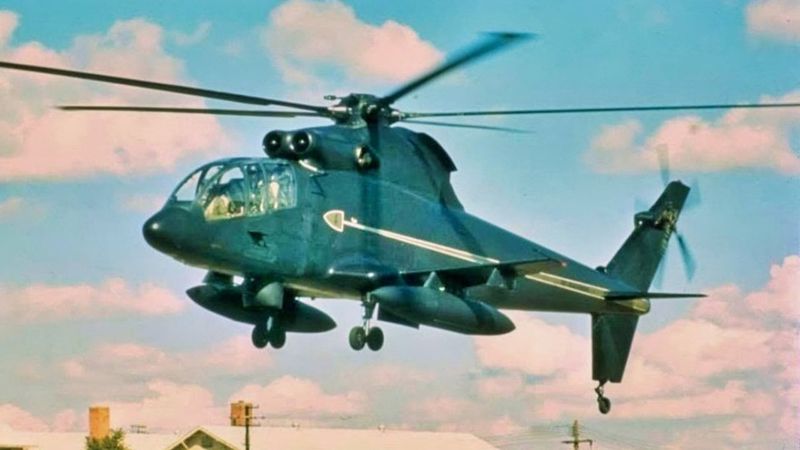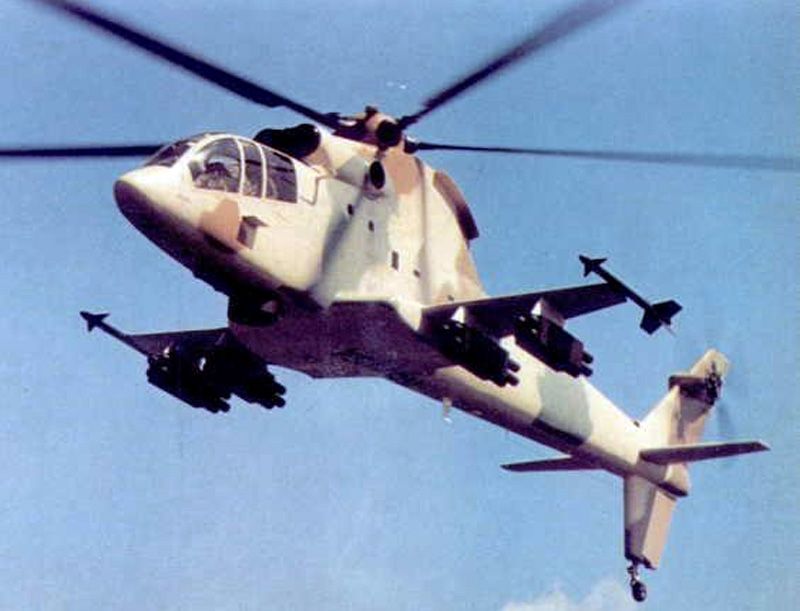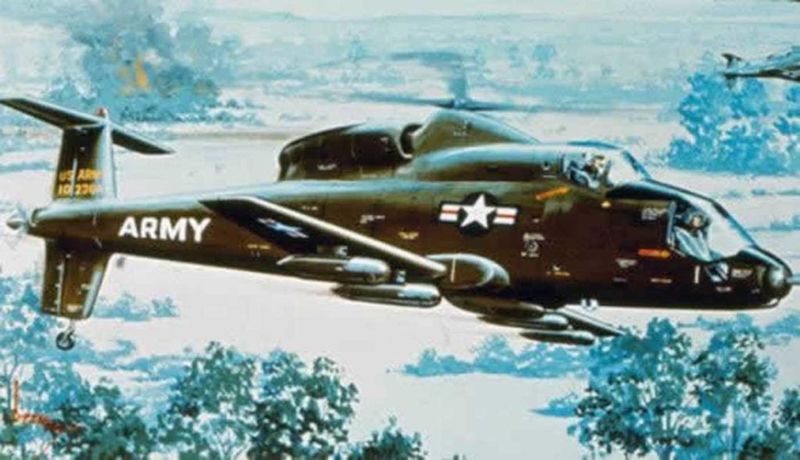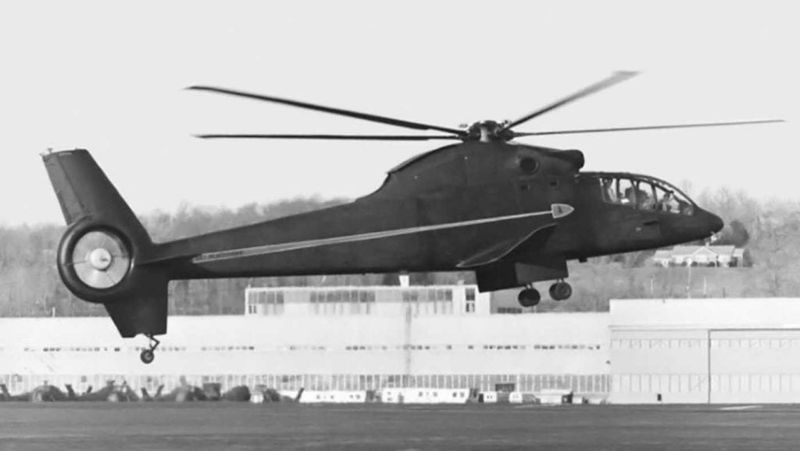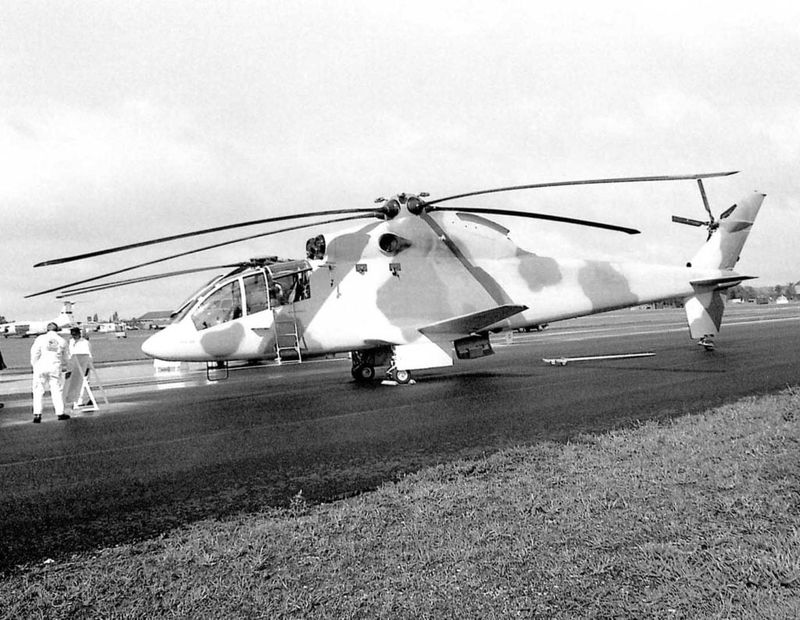The S-67 Blackhawk was an experimental attack helicopter developed by Sikorsky Aircraft in the late 1960s. It boasted a combination of speed, firepower, and agility that promised to redefine combat aviation.
With cutting-edge technology and a futuristic design, the S-67 was a formidable contender that could have set new standards in military aviation.
These ten reasons explore why the S-67 had the potential to revolutionize modern combat forever.
1. Unmatched Speed
Imagine the rush as the S-67 flew over 200 mph, outpacing most helicopters of its era. This speed meant that rapid response to battlefield developments was possible like never before. Pilots could swiftly engage or evade enemy forces, using the helicopter’s pace as a strategic advantage. This blistering speed would not only redefine aerial tactics but also challenge the expectations of air support in combat scenarios.
2. Revolutionary Maneuverability
Envision the S-67 deftly rolling through the air, its advanced rotor system allowing feats other helicopters couldn’t dream of. This agility meant that pilots could execute precision strikes and evasive maneuvers with ease. The aerodynamic frame enhanced not only its agility but also opened up new tactical possibilities. Such maneuverability allowed the S-67 to adapt swiftly to changing combat dynamics, making it a formidable opponent.
3. Heavily Armed
With the S-67, the sky truly was a weapon. Equipped to carry a variety of rockets, missiles, and machine guns, it transformed into a flying arsenal. This firepower versatility allowed it to engage multiple threats, from ground troops to armored vehicles. The ability to customize its armament meant it could carry out diverse missions, ensuring that the S-67 was always battle-ready, regardless of the situation.
4. Tandem Cockpit Design
Picture two pilots seated in tandem, their communication seamless and mission execution flawless. The S-67’s cockpit design allowed for effective coordination, critical during fast-paced missions. This configuration informed future military helicopters, showing the benefits of streamlined crew interaction. It paved the way for enhanced situational awareness and decision-making, vital in the heat of combat. Such innovation set a precedent for cockpit designs in attack helicopters.
5. Extended Range
Visualize the S-67 soaring over vast terrains, its detachable fuel pods extending its operational range. This capability was crucial for deep-penetration missions behind enemy lines, where refueling opportunities were scarce. The extended range meant that the S-67 could undertake prolonged missions, providing sustained support to ground forces. The flexibility of carrying extra fuel enabled it to adapt to diverse operational requirements.
6. Stealthy Profile
The S-67’s design was a testament to stealth and subtlety. Its low-profile silhouette made it difficult for enemy radar to detect, providing a tactical edge in combat. This stealth allowed it to approach targets undetected, increasing mission success rates. The streamlined design not only reduced its radar signature but also enhanced its speed. In an era of increasing detection technology, the S-67’s stealth was revolutionary.
7. Battlefield Flexibility
Picture the S-67 seamlessly transitioning from delivering close air support to conducting reconnaissance. This flexibility was unmatched, as it could switch roles without heavy modifications. Such adaptability reduced the need for multiple helicopter types, simplifying logistics and operational planning. The ability to fulfill various mission profiles meant that the S-67 could support troops in multiple ways, reinforcing its role as a versatile combat tool.
8. Potential to Replace Multiple Aircraft
Imagine consolidating multiple aviation roles into one efficient platform. The S-67’s versatility promised to replace a host of specialized aircraft, streamlining military operations. This consolidation meant fewer aircraft types, reducing maintenance costs and logistic complexities. The helicopter’s ability to perform various roles effectively would have made it an asset, revolutionizing how military forces approached aviation strategy.
9. Pushed Technology Boundaries
The S-67 wasn’t just a helicopter; it was a technology pioneer. With advancements in aerodynamics and rotor efficiency, it set new benchmarks for future designs. This innovation influenced subsequent helicopter models, driving the development of more efficient and capable aircraft. The technology incorporated in the S-67 demonstrated what was possible, inspiring a new era of aviation engineering and elevating military capabilities worldwide.
10. New Standard for Attack Helicopters
The S-67 was poised to revolutionize military expectations for attack helicopters. By combining speed, agility, and firepower, it forged a new standard that militaries would aspire to. This combination of attributes in a single, efficient package changed the landscape of what was expected from combat helicopters. The S-67’s potential to redefine attack helicopter capabilities placed it at the forefront of military aviation innovation.
